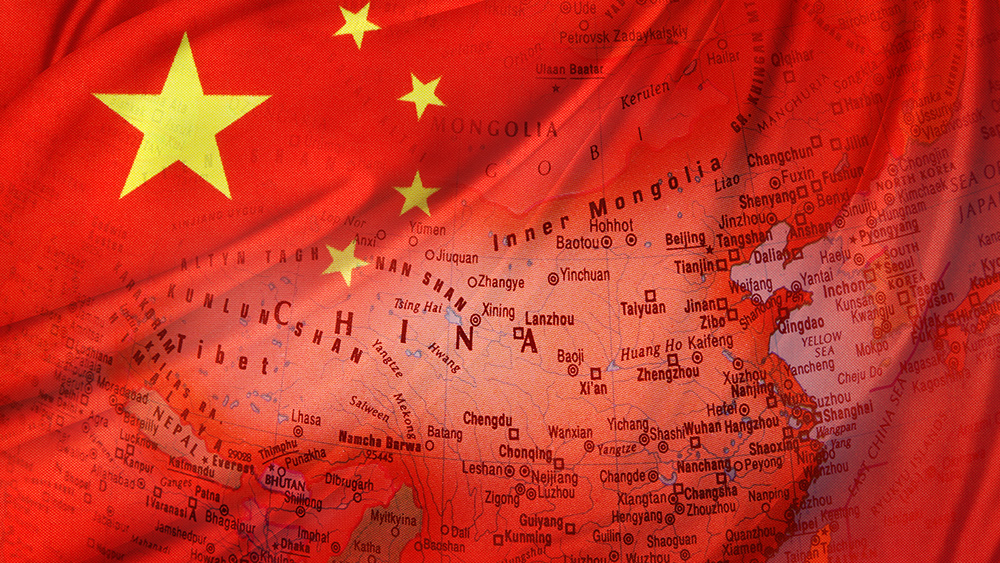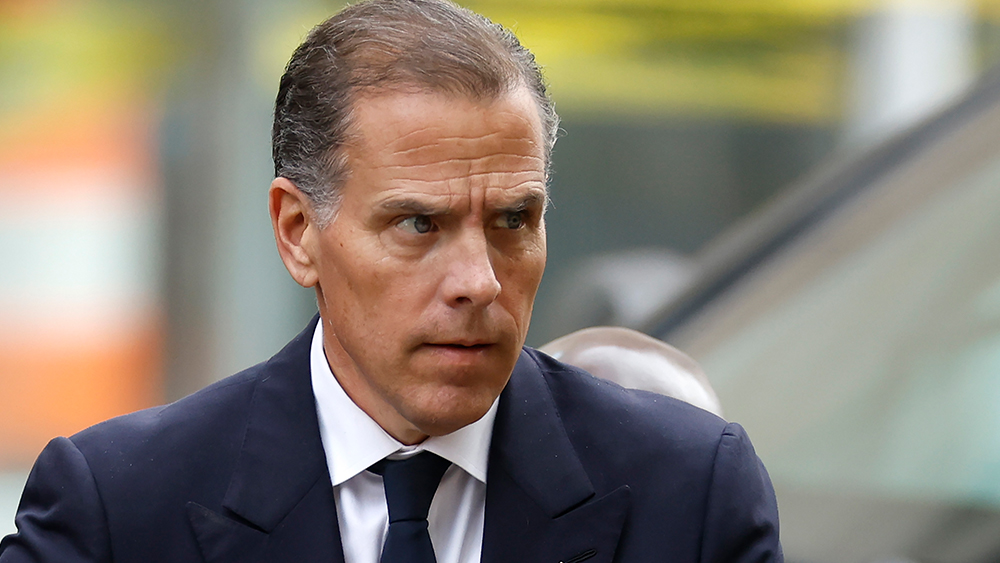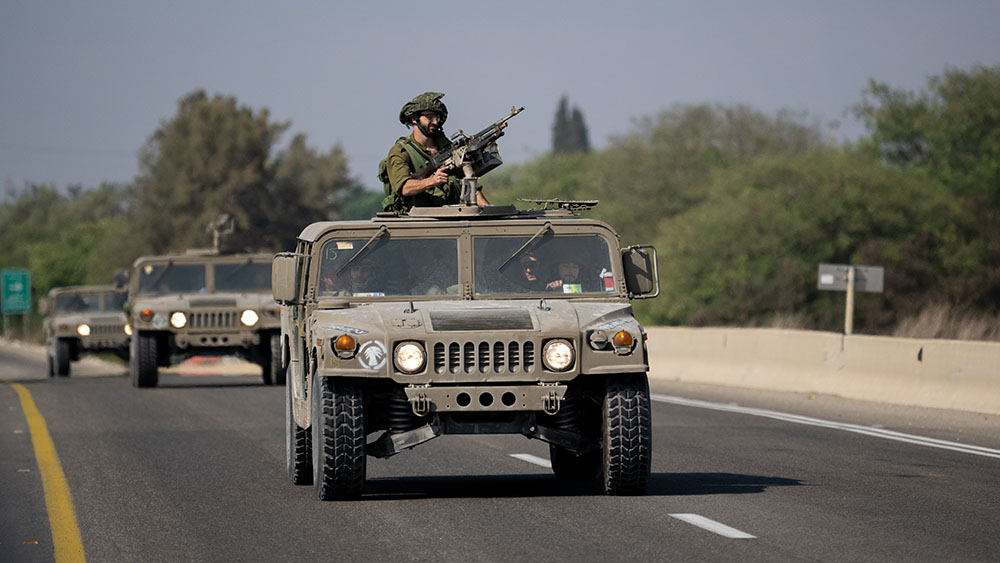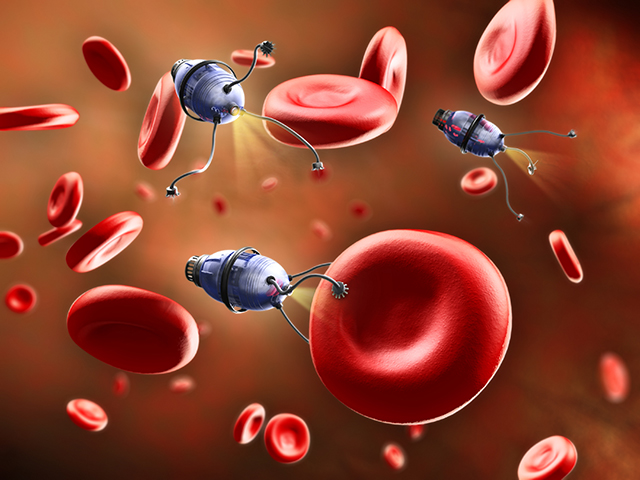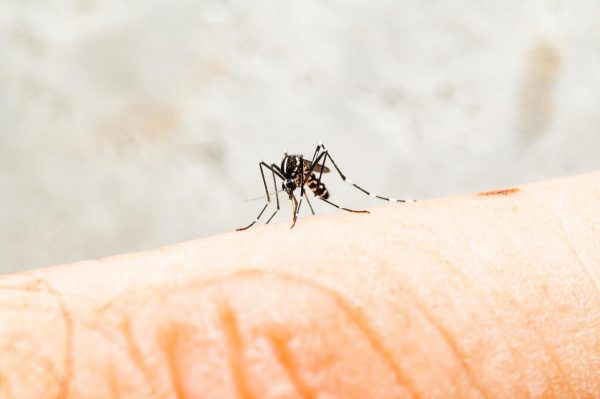
- China is facing its largest recorded chikungunya virus outbreak, with over 10,000 cases—7,000 in Foshan alone. The mosquito-borne virus causes fever, joint pain and, in rare cases, severe complications.
- Authorities are enforcing aggressive containment tactics, including fines for standing water, power cuts, forced hospital isolation in mosquito-netted wards, and widespread insecticide spraying.
- The U.S. CDC has issued travel alerts for China and other high-risk countries. While no deaths are reported in China, global cases exceed 240,000 this year, raising fears of a repeat of past epidemics.
- China's response mirrors its controversial COVID-19 strategy, prioritizing strict control over individual freedoms, despite chikungunya not being person-to-person transmissible.
- The crisis tests the balance between public health and civil liberties, sparking debate over whether China's heavy-handed tactics are necessary or an overreach in a warming, outbreak-prone world.
The outbreak's rapid spread
The chikungunya virus, primarily transmitted by Aedes mosquitoes—the same species that carry dengue and Zika—has surged across China's Guangdong province. Twelve cities have reported at least 3,000 cases, with Foshan as the epicenter. Though rarely fatal, the virus causes debilitating fever, joint pain and in severe cases, heart and brain complications. (Related: China's chikungunya outbreak spreads amid government secrecy and forced quarantines.) The outbreak marks the largest documented chikungunya surge in China's history. Experts warn that the population lacks preexisting immunity, allowing rapid transmission. Unusually heavy rains and high temperatures have exacerbated mosquito breeding, accelerating the crisis.Extreme measures: Power cuts, fines and forced isolation
In a move reminiscent of (COVID-19)-era lockdowns, Chinese authorities are enforcing strict containment protocols. Patients are confined to mosquito-netted hospital wards for at least a week or until they test negative. Residents who fail to eliminate standing water—where mosquitoes breed—face fines up to $1,400 (10,000 yuan) and even power disconnections. Drones and ground teams spray clouds of insecticide across streets, construction sites and residential areas. Some offices require workers to disinfect buildings before entry, a chilling callback to 2020’s pandemic controls. Local media reports reveal bizarre tactics, including breeding fish and larger mosquitoes to consume virus-carrying larvae.Global concerns and travel warnings
The virus is not confined to China. The U.S. Centers for Disease Control and Prevention (CDC) has issued a Level 2 travel alert for China, Brazil, India and other high-risk nations. Globally, 240,000 cases and 90 deaths have been recorded this year, with Brazil reporting over 200,000 infections. Though no deaths have been linked to China's outbreak, the World Health Organization warns of parallels to the 2004-2005 epidemic, which infected half a million people across three continents. "We are seeing history repeating itself," said Dr. Diana Rojas Alvarez, a WHO medical officer.A history of heavy-handed virus control
China's response reflects its longstanding reliance on authoritarian public health strategies. From the 2003 SARS crisis to COVID-19's brutal lockdowns, the government prioritizes containment over individual rights. This time, officials briefly imposed a 14-day quarantine on Foshan travelers—later abandoned when it became clear chikungunya cannot spread person-to-person. Critics argue the measures are excessive for a non-fatal virus. Yet, with memories of COVID mismanagement still fresh, Beijing seems determined to avoid another public relations disaster.What comes next?
For now, China's aggressive mosquito-eradication campaigns may slow the outbreak. Two vaccines—IXCHIQ and VIMKUNYA—are available for high-risk travelers, though no widespread immunization efforts are planned. The bigger question is whether such extreme interventions are justified—or if they signal a troubling pattern of prioritizing control over civil liberties. As the world watches, China's handling of this crisis may set a precedent for future outbreaks.A test of power and public trust
China's battle against chikungunya is as much about politics as public health. While the tactics may curb the virus, they also reinforce a system where state power trumps personal freedom. As outbreaks grow more frequent in a warming world, the world must decide: Is China's approach a necessary evil—or a dangerous overreach? China mystery virus runs through Chinese hospitals similar to how the COVID-19 pandemic started. Watch this video. This video is from the TNTVNEWS channel on Brighteon.com.More related stories:
Puerto Rico declares epidemic as chikungunya virus continues to spread unabated. Secretary Kennedy expands access to RSV, chikungunya, and meningococcal vaccines, despite disbanding 'conflicted' advisory panel. Compound in turmeric found to suppress viruses, including hepatitis, herpes, chikungunya, influenza-A, HIV and HPV. Use garlic to naturally repel mosquitoes and treat West Nile Virus. Biden Regime and NATO may be collaborating with Bill Gates to attack Russia with virus-spreading genetically-mutated MOSQUITOES. Sources include: Dailymail.co.uk MSN.com MedicalXpress.com Brighteon.com“They will secure the people”: National Guard troops armed as tensions rise in D.C.
By Willow Tohi // Share
China reiterates commitment to “peaceful reunification” with Taiwan
By Ramon Tomey // Share
Leaked documents expose plan to depopulate humans for AI data center expansion
By Finn Heartley // Share
Virology exposed: New evidence reveals no viruses exist — CDC’s germ theory collapses under scrutiny
By Finn Heartley // Share
The silent alarm: Why hand numbness demands your attention
By willowt // Share
Hunter Biden DISBARRED in Connecticut over firearm and tax convictions
By ramontomeydw // Share
Israel announces plan to demolish residential buildings in West Bank's Nur Shams camp
By kevinhughes // Share
Microscopic robotics: Tiny machines now sense, think and act autonomously
By patricklewis // Share

